By Heather Hayes
As I made my way to the summit that afternoon- every bump in the road beneath me familiar, every vista around each curve greeting me like an old friend- it struck me that this was my tenth “anniversary” of being a part of the annual migration season atop of Lucky Peak with the IBO.
“A decade?!” I thought to myself. “Impossible.”
From IBO volunteer to Community Science Coordinator, I have had the incredible opportunity to not only foster a sense of connection between our visitors and nature, but also witness first-hand the impact it has on them year after year.
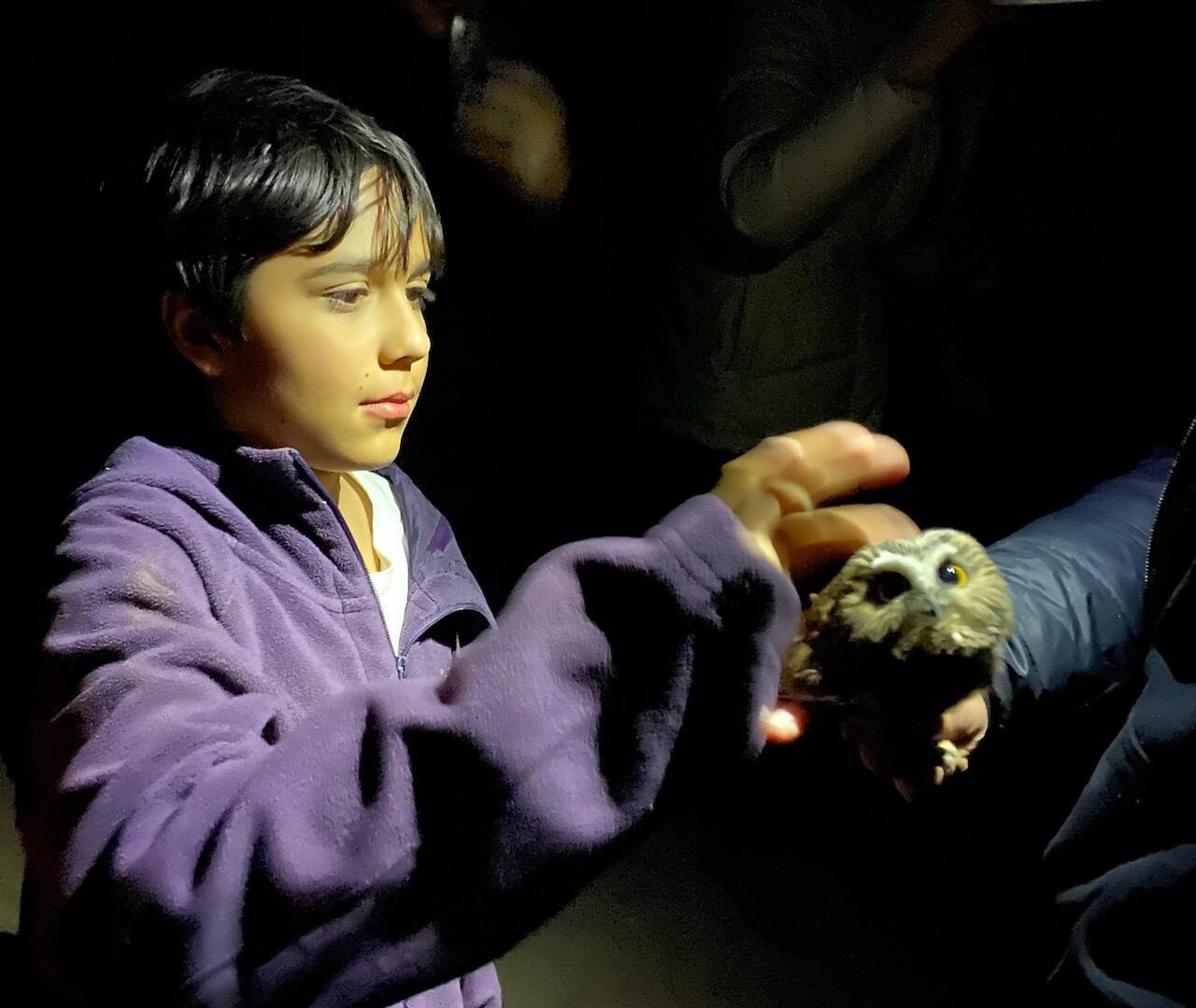
I was nudged back to the present moment as I noticed that night’s visitors gaining on me in my rearview mirror- I looked forward to reconnecting with the educators and meeting the new students of Riverstone International’s 5th grade class! Before long, everyone reached the top, unloaded all of their gear and worked together to set up their tents. As the sounds of excitement and laughter rose through the fir trees like a murmuration,
camp was brought to life once again by the very heart of Lucky Peak…its visitors
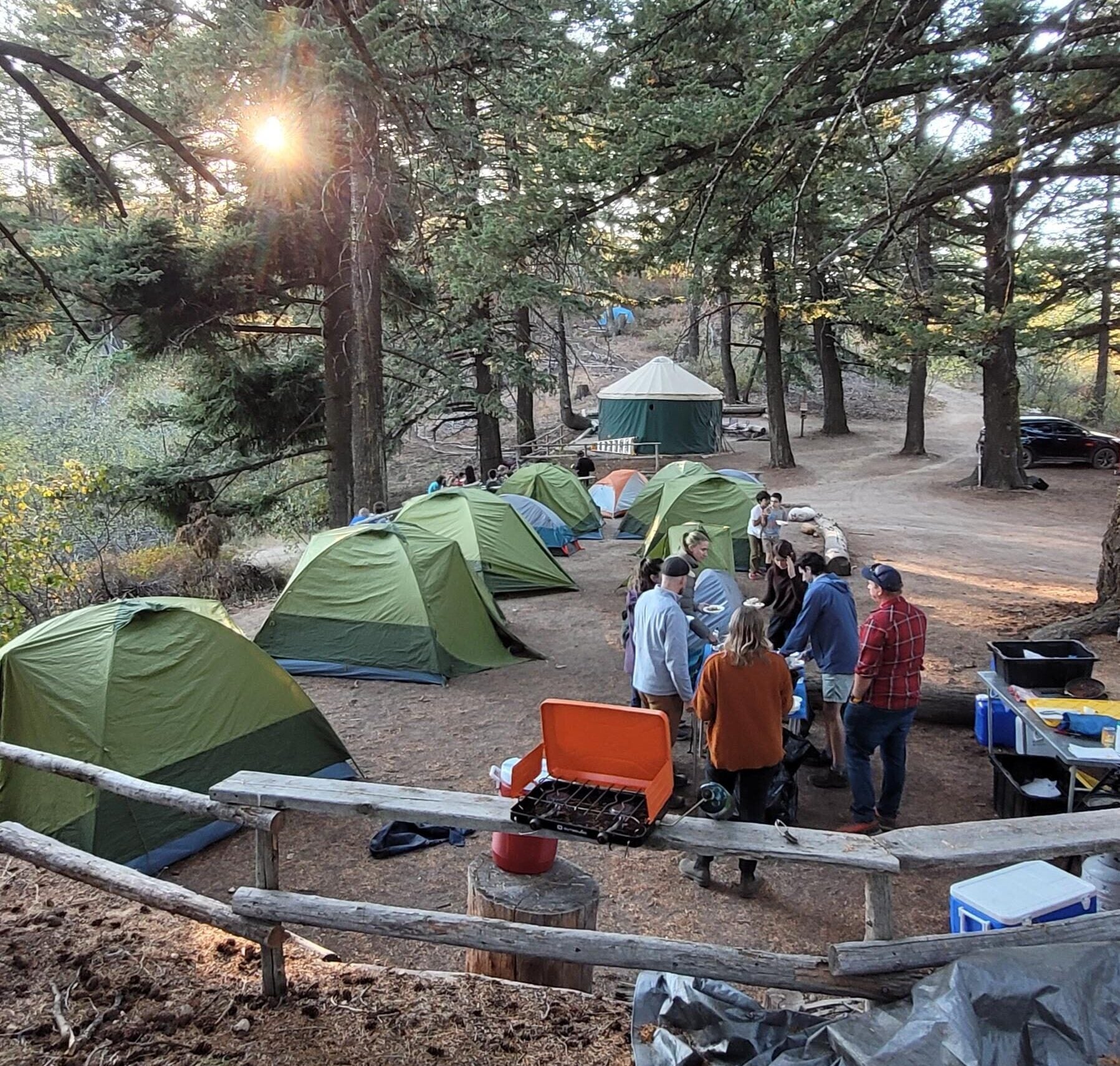
As the educators were preparing dinner and sharing stories of past IBO visits with the students, I decided to steal away for a few minutes to the top of Hawkwatch to reflect on a few of my own personal experiences. I stood alone at the top staring down at our raptor blind – a small unassuming wooden shelter perched on the edge of the mountain – that had weathered (in all sense of the word) 30 seasons of raptor migration.
I thought about how many thousands of people have stood in this very spot…
…learning from IBO’s dedicated biologists about the ecological importance of Lucky Peak and its role as a critical migratory stop-over for birds. I thought about how many lives were impacted as they released their first bird from their hand.
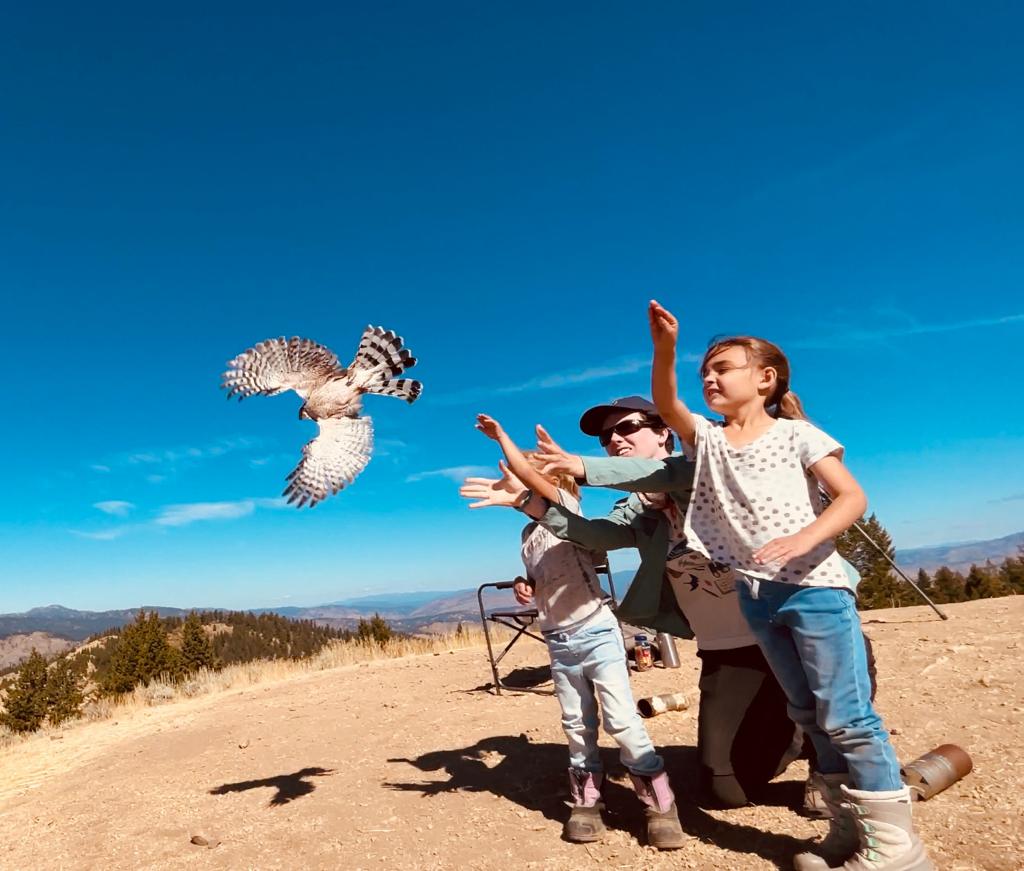
Three decades of shared passion for the birds, the people, and for this place have no doubt pushed the needle forward for avian conservation.
While the sun was beginning to set, my thoughts wandered to my first experiences within our raptor station. I closed my eyes and drifted back. Silence filled the blind as anticipation mounted – you could have heard a pin drop. I remembered holding my breath… a Sharp-shinned Hawk was bearing down on the station and in a flash, found itself in the net. I remembered the sound of the door being flung open against the side wall of the blind as I bolted out. I remembered the feeling of my heart pounding a hole in my chest as I ran towards the net to safely secure its wings. But perhaps what I remembered most was when its eyes first locked on to mine and we took a breath in tandem.
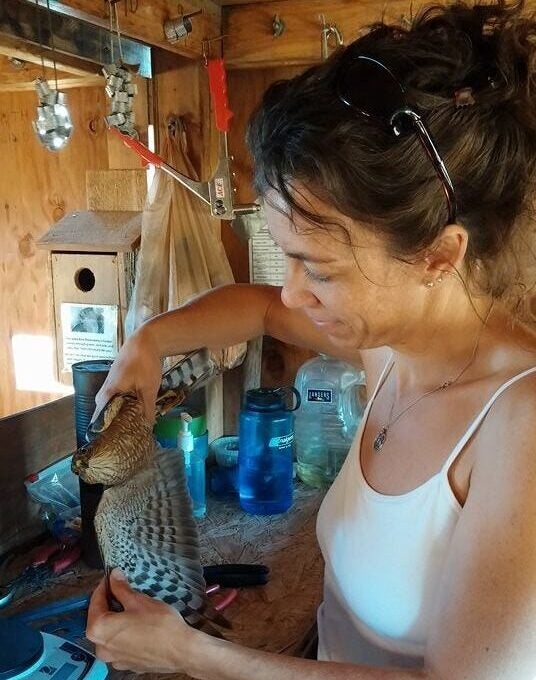
In that moment, I felt an unspoken agreement of trust…between the both of us.
The cool evening breeze coaxed me back from the past and as I opened my eyes I thought I would take a commemorative “anniversary” selfie with the raptor blind in the background. Little did I know this image would hold a much deeper meaning for me less than 12 hours later. Just after 4 a.m. the next morning, the Valley Fire was ignited and quickly started on its destructive, all-consuming path directly toward the unsuspecting visitors and IBO crew at the top of Lucky Peak.
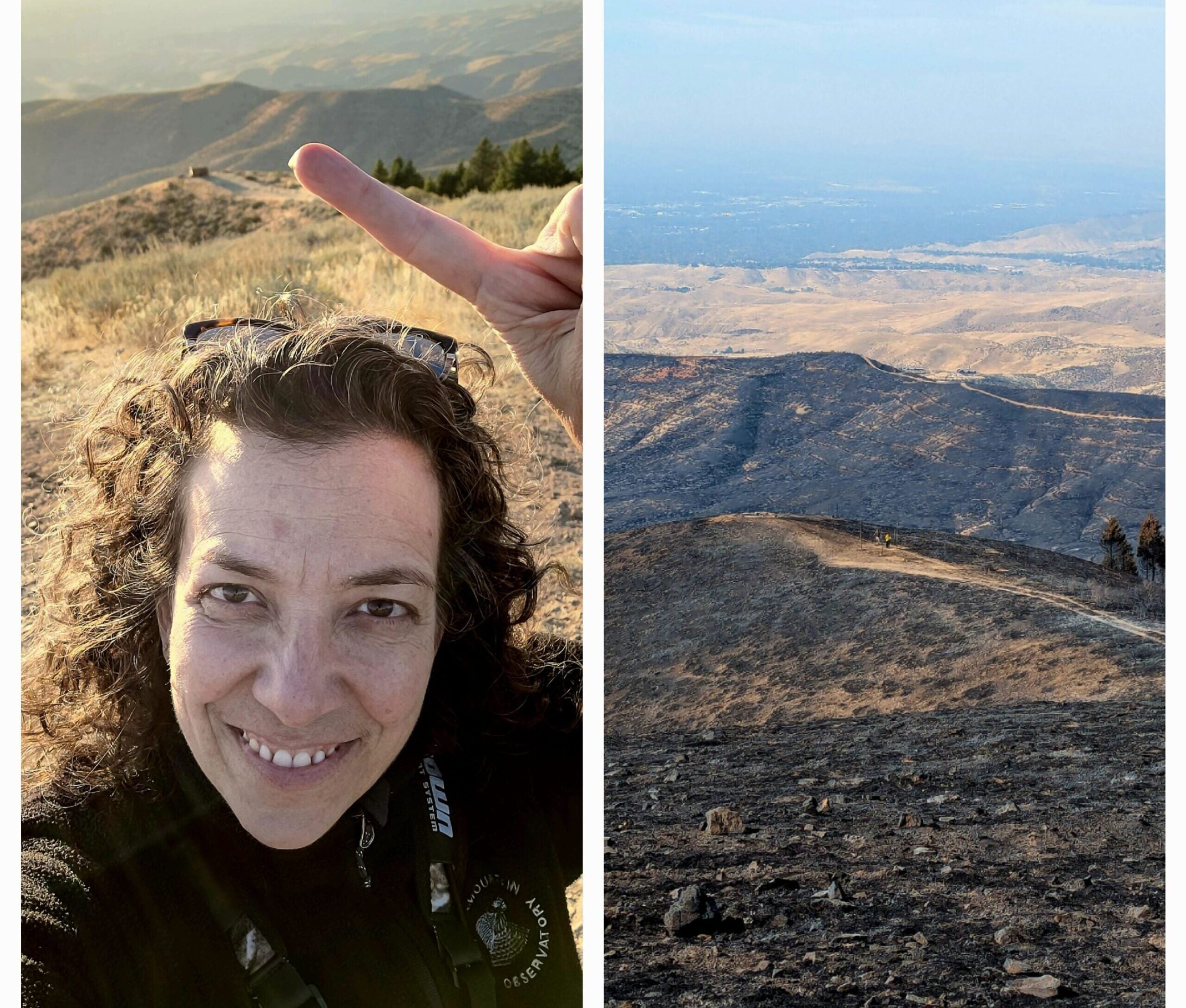
With critical communications coming in from the Bureau of Land Management’s fire crews from the other side of the blaze, the Riverstone visitors and IBO crew were able to mobilize quickly and effectively which led to the safe evacuation of everyone off the mountain.
We are, above all else, most grateful for this outcome.
The collective memories that connect us to Lucky Peak and to each other will undoubtedly be held onto a little tighter, shared a little more frequently, and cherished a little longer than once thought possible. We are hopeful for the day we are able to create new memories at the peak and know you will be right there with us!
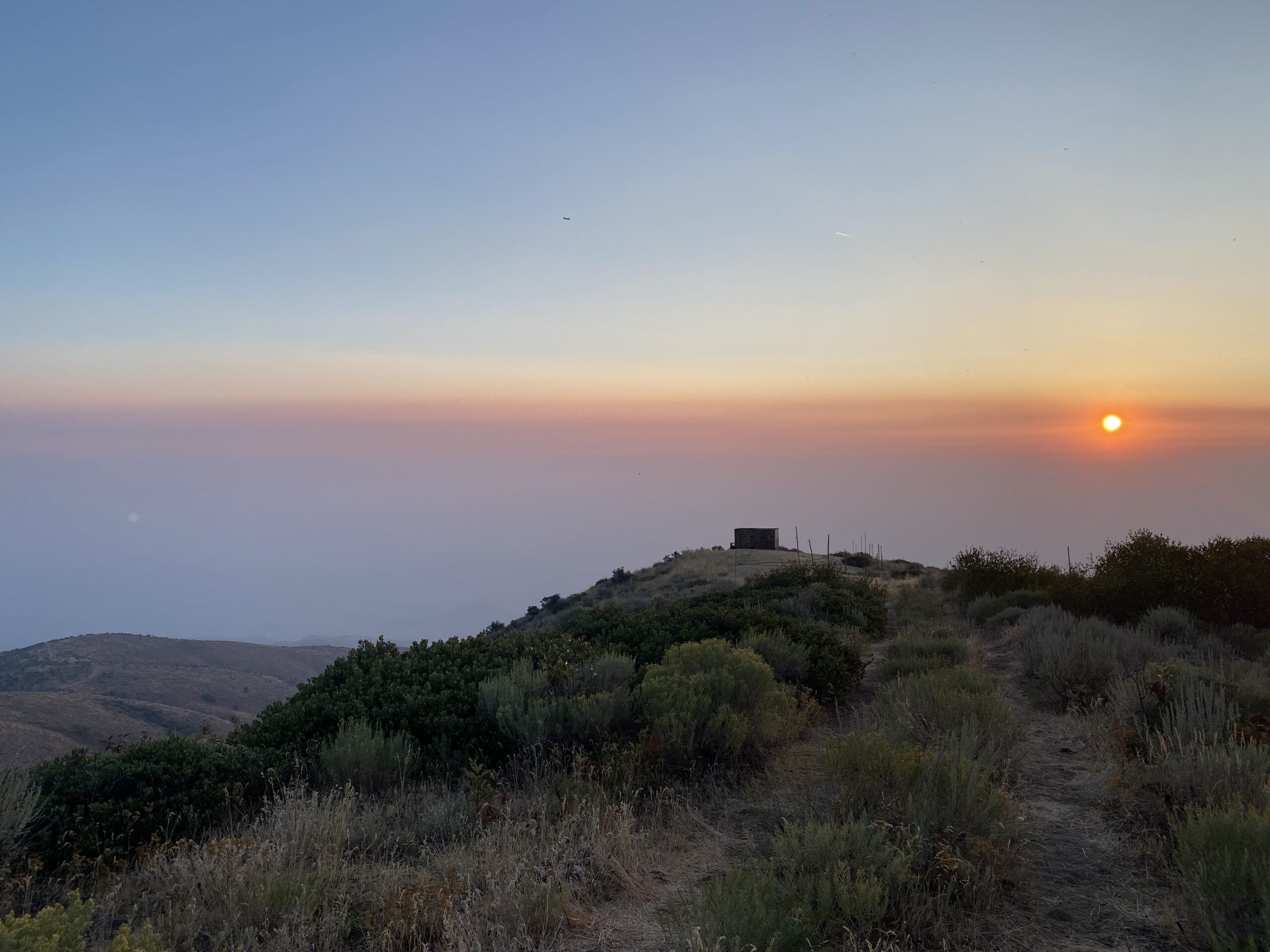
Below is the first hand account of the evacuation of Riverstone International School’s 5th grade students.
______________________________________________________________________
By Guest Author Derek Wright, Riverstone’s Outdoor Education Coordinator
I awoke to the sound of a vibrating phone. It was 5:45 A.M. After a long night observing owl banding, I was tempted to ignore the call and put my head back on the pillow. However, seeing Riverstone’s Elementary School Director on the caller I.D., I decided to answer. The first words I heard were…
…“Derek, there’s a fire”.
She was frantically describing the location and size of a blaze that started earlier in the morning. At the IBO’s migratory bird research station on top of Lucky Peak, there were no indications of any such fire. There was no smoke, no flames, just a faint orange glow that could be likened to the sunrise.
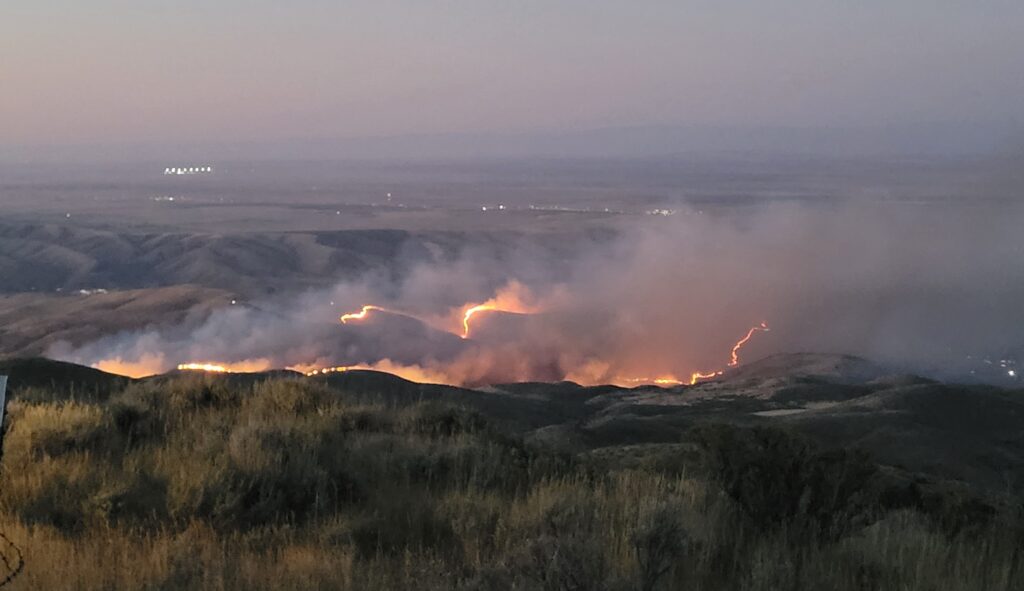
I hiked up to the summit of Lucky Peak and immediately saw the blaze.
You could see the bright flames ravaging the hillside. The smoke was blowing hard, and the fire was moving fast. I immediately made the decision to wake up the students and get out of there. On my way back to camp, I saw two IBO staff banding an owl. I mentioned the fire and they were surprised as well. I woke the kids up with the help of parents and teachers. We told the students about the fire, and they needed to hustle and pack up. The kids were great, they did not panic, and they knew what they had to do and that was to pack up quickly.
Without prompting, kids were helping each other and being very encouraging to one another.
As the kids, parents, teachers, and I were packing up, we were getting updates from the Bureau of Land Management (BLM) through the IBO staff. They had direct contact with the BLM and without that information, our decision making would have been much more difficult. With their help relaying information, we made the decision to drive down Highland Valley Road, the very location of the start of the fire.

As we made our way down, we met up with the BLM who escorted us safely through the blaze. Although the drive through the flames was short, we could feel the heat radiate off the windows. Once we were past the flames, all we could see was just black char where the fire had already left its mark.
Upon arriving safely back to Riverstone, and the parents had picked up the students, we could breathe a sigh of relief. However, I still did not know the status of the IBO staff that was still on top of the peak attempting to salvage as much of the IBO as they could. An update from Heather a couple hours later put my mind at ease. It was only then that the emotions of the morning’s events really started to weigh on me, much like all the other adults up there.
It took some time before we knew what had burned and what may have escaped the flames of the Valley Fire from the IBO.

Riverstone had been going up for overnight camping to Lucky Peak for nearly a decade. I’ve been up there at least a half dozen times. Knowing what a special place the IBO is and the significance of its location as a critical migratory bird habitat made the realization of its burning much more difficult to process. It’s where the mountains meet the desert, and even though you can see the lights of Boise…
…it feels like you are worlds away from the bustle of the city.
The IBO staff is incredible, and for months it is their home, sharing it with the birds, owls, and raptors that briefly call it home as well.
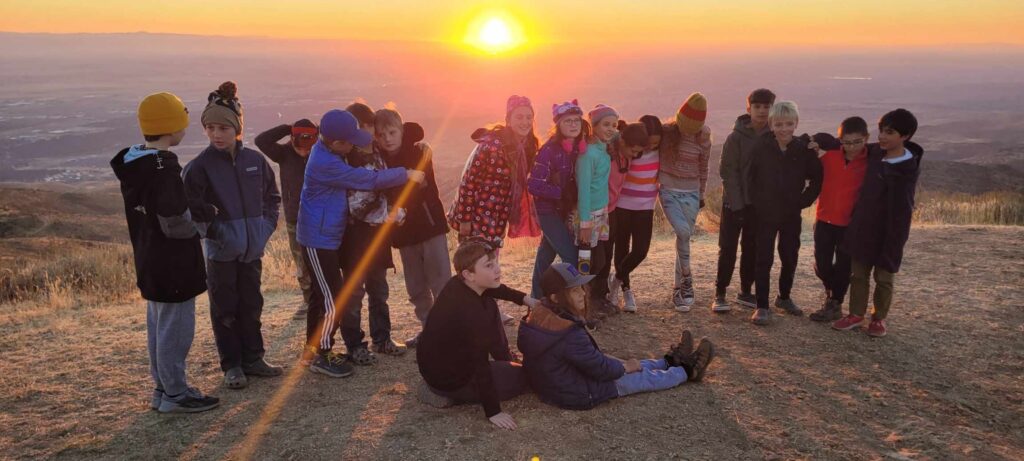
I know the Boise community and the greater community of birders will come together and support the IBO through this difficult time. Like a Phoenix rising from the ashes, the IBO will return to support the variety of research and advocacy they are known for, and the birds will return again.
Nothing goes un-altered after an experience like this. The Valley Fire has left an indelible mark on the people, the wildlife and the landscape. It is difficult to process this type of grief – for not only the loss of crucial habitat for migratory birds and other wildlife but also the complete loss of our raptor station, parts of our main camp and outlying research areas, as well as our technicians’ gear.
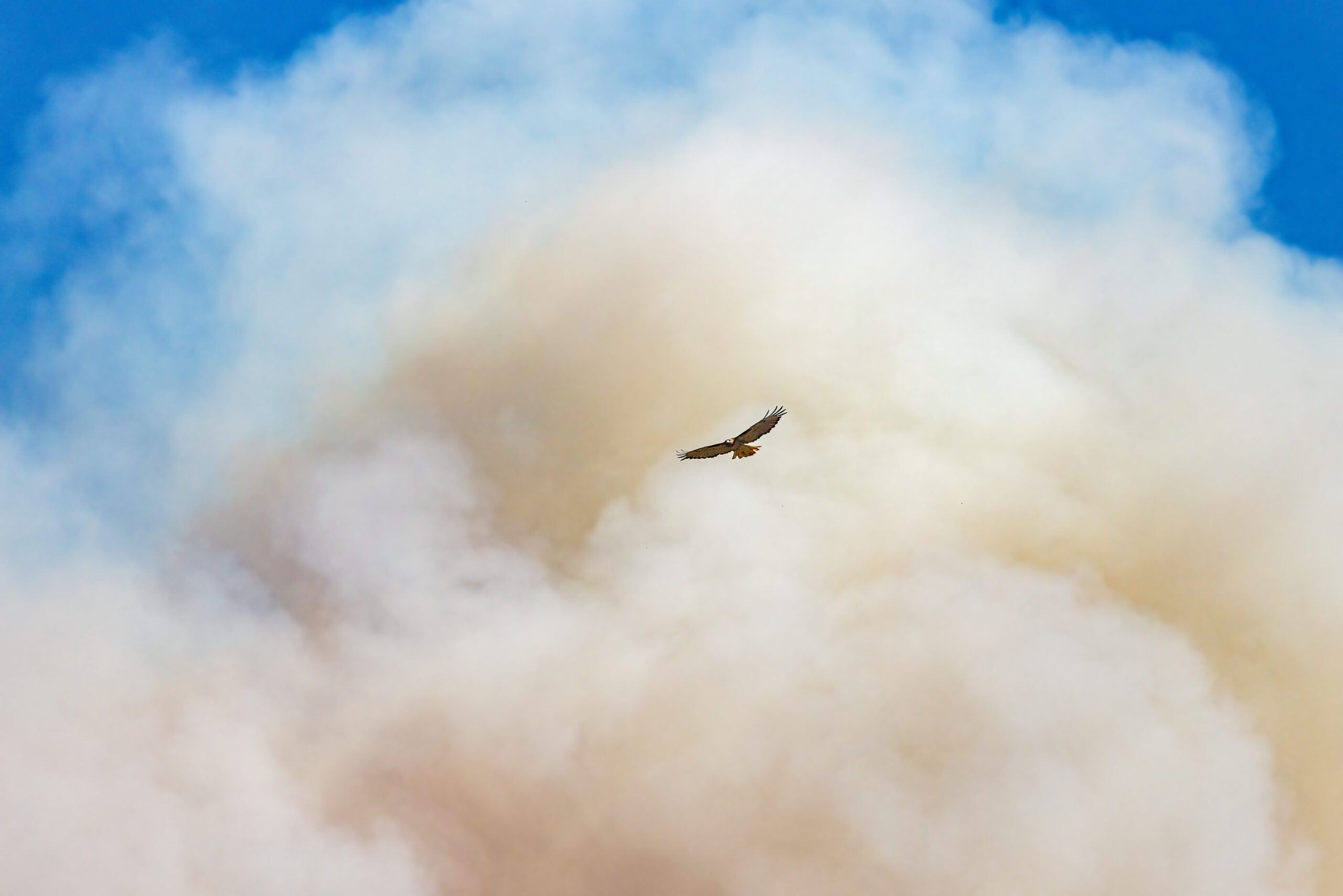
We don’t know yet what the future holds for our Lucky Peak research station,
but we’re working closely with land managers to determine when and how we can return. We’ll continue to update you all on our website and through email alerts as we look to rebuild.
What we know for certain is how appreciative we are for each and every one of you-our supporters, visitors, volunteers and friends. You are the very fabric of the IBO family. The outpouring of community support is helping us navigate this incredibly challenging time. So many of you have already signed up to volunteer for future restoration efforts on our Volunteer Google form , as well as contributing thoughtful monetary gifts to our IBO general fund that will help us sustain all of what IBO does, including our programming after the devastation of the Valley Fire.
We could never say thank you enough.
This article is part of our 2024 end of the year newsletter! View the full newsletter here, or click “older posts” below to read the next article.
Make sure you don’t miss out on IBO news! Sign up to get our email updates.